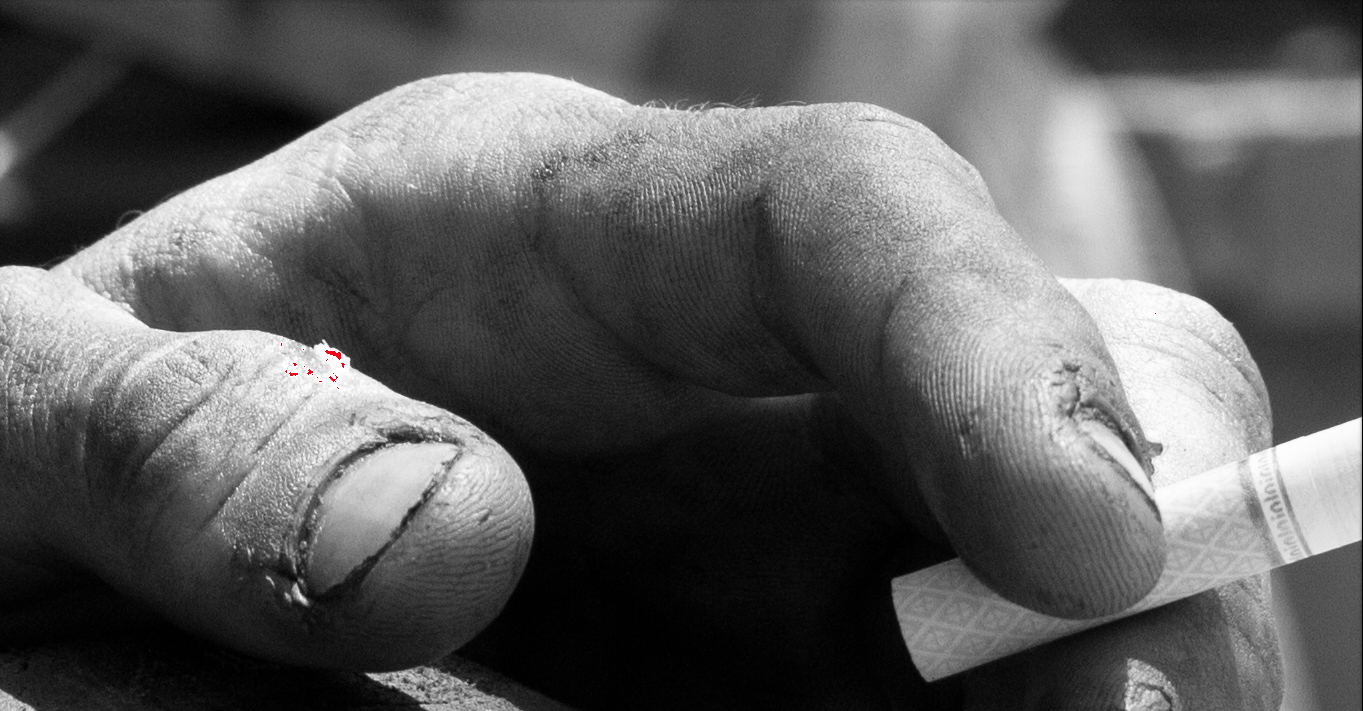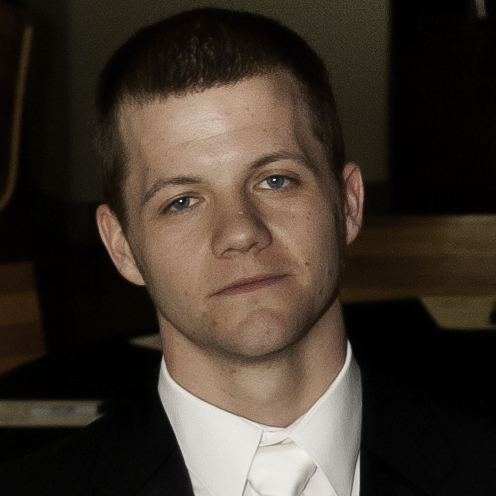
To me this is what field reporting is all about. We had a concept and a vague idea of how to make it happen. One reporter and a camera, not much else.
Looking back one of the biggest mistakes we made was setting out too early. At 10am I was already thinking about lunch and a third cup of coffee, but the kids we were looking for were still snoozing in their sleeping bags – and would be for another two hours.
I was on assignment in the Little 5 Points neighborhood of Atlanta with little guidance beyond the idea of finding these "train kids" and telling their story - whatever it may be. Just finding them would be a challenge. In the end it worked out, of course, and the story pretty much tells itself, but as the sun crept further overhead on that warm-lit day I had some serious doubts we'd actually pull it off.
Now, I know what to look for. I’d even go as far to say I could spot a train kid as fast as one of their own could, but that is probably a stretch. It turns out Atlanta isn’t a hub for the vagabonds of the 21st century. Even studies from the University of Chicago concluded there wasn’t a large enough homeless youth population in Southern and Midwestern cities to produce any sort of accurate statistics.
Trash and Trees, the only long-term hobos I had the pleasure of spending some time with, both fit the geographic mold of the university study. They were both from out West – Trash from Seattle and Trees from somewhere in California, where exactly I still can’t say.
I spent two days with Trash and one day with the woodland trio (Trees, Twig and their dog Stumps). Driving home after the first day I didn’t think of “them” as “train kids” anymore. They were just like you and me. They were just living their lives.
Professionally this assignment was a bit of a challenge. It was the first solo assignment I took on where I’d be doing both the visual and written elements of the story. I learned a few valuable lessons.
It’s hard to juggle the different aspects of a fast-paced assignment. I’d find myself scribbling notes with one hand and reaching for the camera with the other. I learned that the moments you feel uncomfortable grabbing the camera are usually the moments you should have it out. This can be anything from an expression mid conversion to a yell at a stranger across the street – both of which I missed this go around.
It may be cliché, but I don’t plan to cry over spilt milk. The best thing I can do is take notes and apply the hard-learned lesson on my next assignment.
Wherever Trash, Trees, Twig, and their dogs Stumps and Daisy end up, I’m sure they’ll enjoy the ride.

Hey Clay,
I wonder how this would fit into your findings on the train kids. In 1928 Elige pierce, my grandfather, hit the rails because his father died. He was a travaling musician already. But with out his father to guide the wondering he was lost with a younger brother to feed and raise.
They travaled from Arkansas to as far west as New Mexico looking for work or singing gigs. They were beatup bu rail police and spend time in jail solely becaus ethey were homeless and rode the rail.
When he died in 2001 he had the following degrees, BA, MA, DRE and DD. He got all of the degrees in the 60’s when he was well into his fiftys. He was WWII combat medic. 1daughter 4 grand children 6 great grands, if he had lived he would have a great-great grand daughter.
It just annacdotal but it may add to your historical perpesective